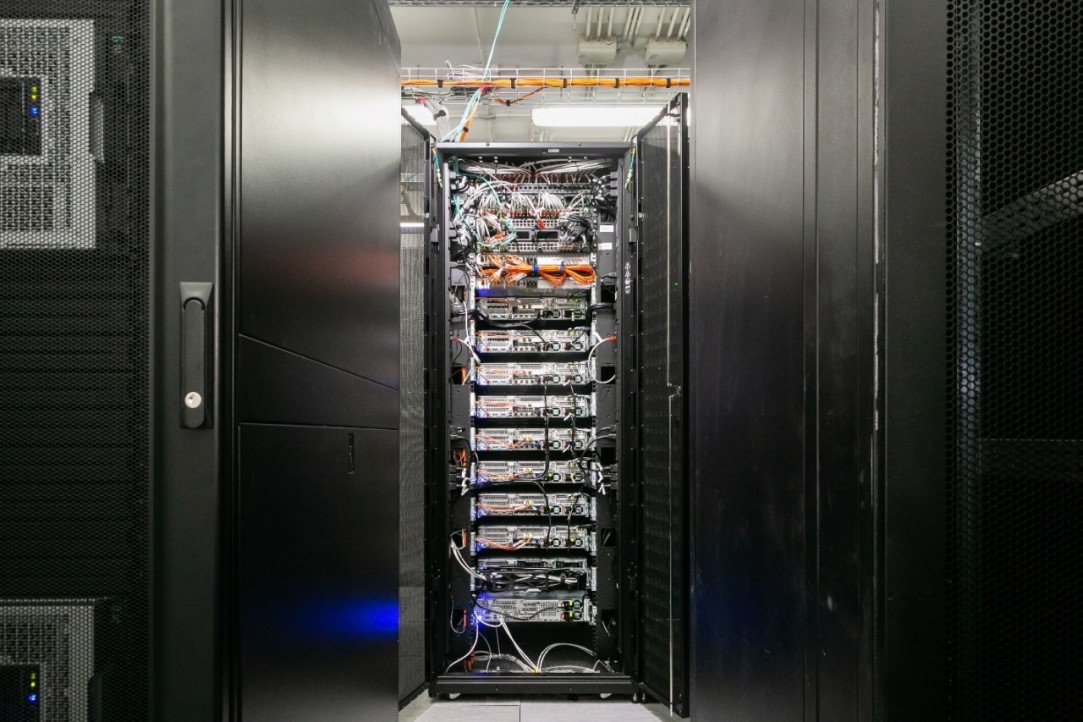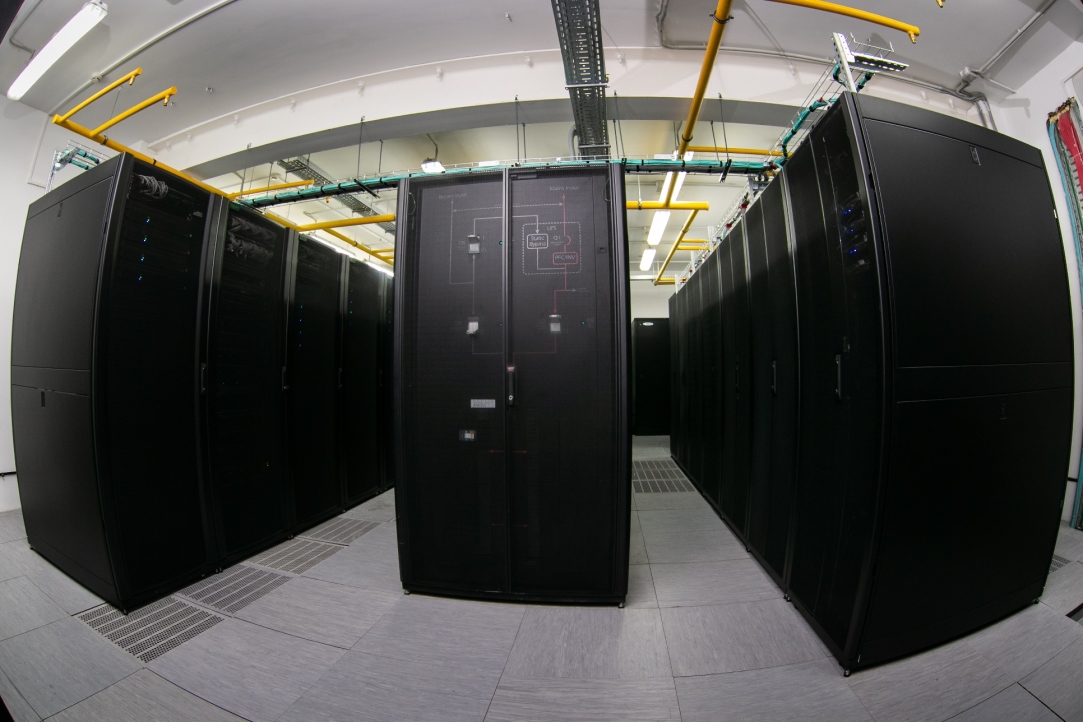
HSE Develops Its Own MLOps Platform
HSE researchers have developed an MLOps platform called SmartMLOps. It has been created for artificial intelligence researchers who wish to transform their invention into a fully-fledged service. In the future, the platform may host AI assistants to simplify educational processes, provide medical support, offer consultations, and solve a wide range of other tasks. Creators of AI technologies will be able to obtain a ready-to-use service within just a few hours. Utilising HSE’s supercomputer, the service can be launched in just a few clicks.

HSE cHARISMa Supercomputer Completes One Million Tasks
Since 2019, the cHARISMa supercomputer has been helping staff, teachers and students of HSE university to solve research tasks. In February 2023, it completed its millionth task—a computational experiment dedicated to studying the phenomenon of multiparticle localisation in quasi-one-dimensional quantum systems.

From Covid-19 to Risk Appetite: How HSE University’s Supercomputer Helps Researchers
Whether researching how the human brain works, identifying the source of COVID-19, running complex calculations or testing scientific hypotheses, supercomputers can help us solve the most complex tasks. One of the most powerful supercomputers in the CIS is cHARISMa, which is now in its third year of operation at HSE University. Pavel Kostenetskiy, Head of the HSE University Supercomputer Modeling Unit, talks about how the supercomputer works and what kind of projects it works on.

HSE Supercomputer Doubles Its Performance
The peak performance of the HSE cHARISMa supercomputer has doubled, reaching 2 petaflops (2 quadrillion floating-point operations per second). HSE University now outperforms the Kurchatov Institute in terms of computing power. The only more powerful university computers are MSU’s Lomonosov-2 and SPbPU’s Polytechnic. Thanks to the timely upgrade, cHARISMa has retained its respectable 6th position among the Top 50 most powerful computer systems in the CIS for three years.

HSE Supercomputer Is Named cHARISMa
In July this year, there was an open vote to name the HSE’s supercomputer. Two names - Corvus (‘crow’ in Latin; the crow is HSE's mascot) and cHARISMa (Computer of HSE for Artificial Intelligence and Supercomputer Modelling) – received the most votes. The latter won by a narrow margin, with 441 people (one in three of those who took part in the vote) choosing this name.
